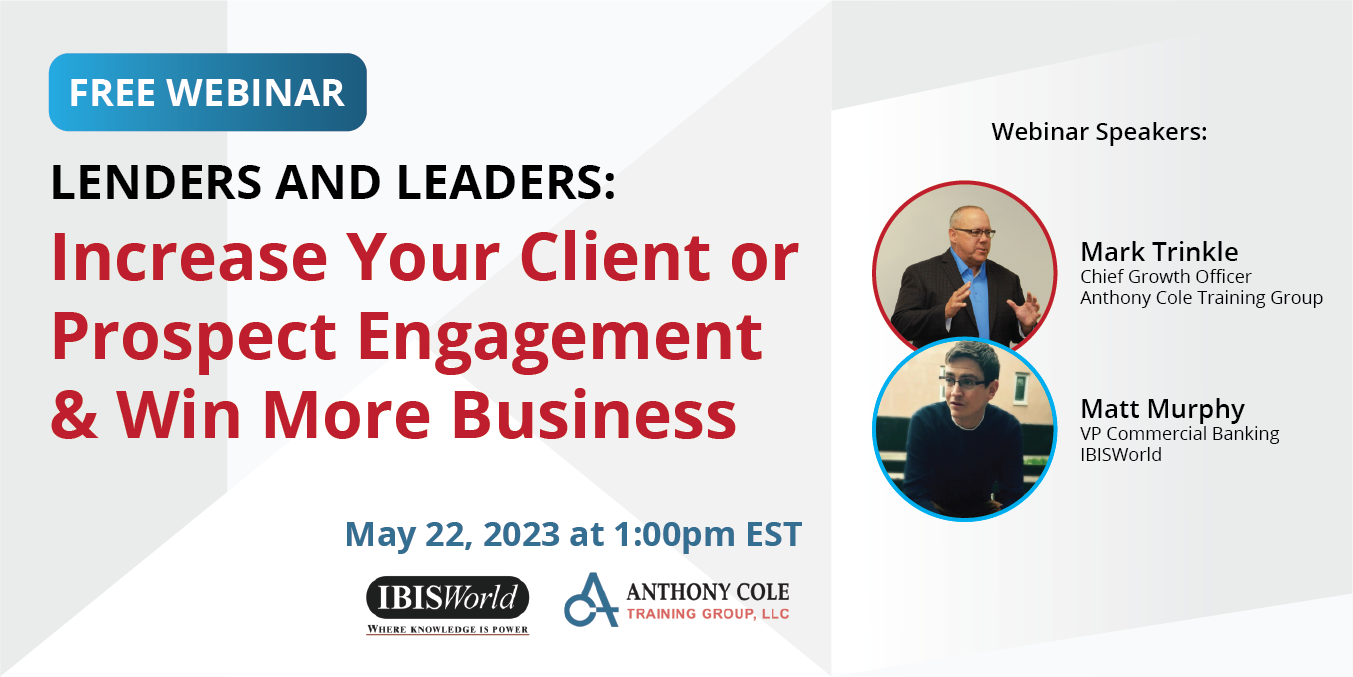In this blog article, we discuss the best advice sales managers can give their salespeople, and that is to "keep moving." If you want to increase sales within your organization, you must keep moving throughout the ups and downs, the missed opportunities, the clients who "ghost" you, and more.
No one ever said that consultative selling or sales coaching would be easy, but you must motivate your team to keep moving and to see the bigger picture.
I met Al several years ago at my health club while we were playing early morning tennis with a group of 6 others. At the age of 57, I was the youngest in the group. I played regularly with this group for about a year and as I honed my tennis skills, I would come home and brag to Linda about how my partner and I crushed the other team that morning.
One morning, I think she had heard enough and wanted to know more about the competition I was playing. After all, I had only been playing tennis for just over a year. She and I would hit balls on a local tennis court so she knew my game really wasn’t that good. It was either I kept drawing great partners or the competition was suspect.
In the spirit of full transparency, I will go through some of the competitors I crushed.
- Frank – 72 years old, arthritis in a hip and bad feet from early childhood development issues
- Bill – 70 - recovering from his 2nd by-pass surgery
- Ron – 68 retiree with a bad back, hip replacement and vision issues
- Chuck – 71 – braces on both knees
- Jim – The best of the lot, 69 but in good shape
- Jim – Former military, 72, recovering from hip and back surgery
- Al – At the time Al was 89 and a retired man of medicine
The jig was up and my story had been exposed. I was competing against the walking wounded you might see in a 4th of July Parade playing a flute, carrying a flag, and playing a drum. In reality, they were quite good tennis players who tolerated my lack of skill with great humor. They often took advantage of me as a result of my lack of talent and experience as well.
I ran into Al just last week and that is when I learned the best advice any manager could give a sales team. Both Al and I had just finished working out. I was walking through the locker room as he was getting ready to leave. I don’t see Al as often as I used to, so when I do, I always take some time to chat with him and ask him about his life.
Tony – Al, how are you doing my friend?
Al – I’m doing alright, can’t complain, you know just getting in a workout and heading home. Doing pretty good though.
Tony – You look great Al.
Al – Well I just keep moving. I figure if I keep moving, I’ll be alright. I can still walk 3 miles with no problem. I work out on the elliptical. But I’m losing my memory. I’m sorry, I don’t remember your name.
Tony – It’s Tony.
Al – I just can’t remember things like I used to and you know what that means…. ( silence of acknowledgement). By the time I get upstairs, I won’t remember your name.
Tony – That’s okay Al. Are you still driving?
Al – Sure!
Tony – Al, how’s your wife?
Al - She’s fine, just fine. She’s the young one.
Tony – You are my hero, my inspiration to just keep moving. Thanks. Can I give you a hug.
Al – Sure
Tony – Thanks Al, Great to see you, you take care of yourself and I’ll see you again soon.
Al – Okay.
Al is 97 and his wife is 95. They survived the Holocaust and continue to thrive today. They thrive today because they are both committed to this one piece of great advice that all sales managers must provide to their sales team - Just Keep Moving.
When salespeople or sales teams fail, it is a result of one or both of two things: Effort and/or Execution.
As I’ve been teaching and coaching in our Sales Managed Environment™ program for years now...
Effort Requires No Skill
To Al’s point, more than half the battle of surviving and thriving is this; Just Keep Moving. Keep calling prospects, keep meeting with them, keep inquiring about the business those prospectsrun, keep asking powerful and insightful questions, keep finding out if there is anything you can do to help someone achieve their objectives, and more.
But everything starts with effort. And effort starts with the will to just keep moving.
Thanks Al for the lesson!






.jpg?width=1280&name=brown-paper-with-handwritten-text-3826681%20(1).jpg)

